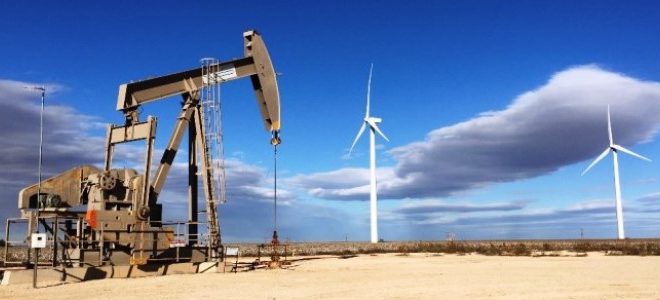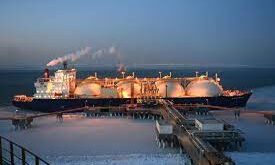Natural gas drillers are in trouble. with prices continuing to fall to new multi-year lows.
The gas industry faces both short and long term headwinds. Slowing demand growth in the U.S. in the early 2020s. followed by steadily increases in renewable energy. dim the prospects for gas in the long run.
But that is a problem for another day. The immediate crisis facing the gas industry is a glut of supply. low prices and poor financials. In the past. drillers may have glossed over some of these problems. pointing to massive production potential. cost cutting measures. low breakevens (even if those were misleading). and new downstream or export opportunities.
Years of that kind of spin are starting to wear thin on investors. As such. a bit of real-talk is creeping into the discussion. As noted previously. the former chief executive of EQT. the largest natural gas producer in the U.S.. told an industry conference in Pittsburgh that fracking was “an unmitigated disaster.“
But EQT’s current management is also facing up to some of the challenges ahead. In an earnings call last week. the Marcellus shale driller pointed to a series of problems with its own operations and with broader market conditions. New CEO of EQT Toby Rice. who gained control over the company after ousting former management. laid out a series of ways in which the company was previously operating in an inefficient manner.
For instance. Rice pointed to a series of wells that were drilled close together in a disorderly fashion. which required “time-consuming rig maneuvers between wells.“ forcing the drilling team “to use complex well geometries to avoid wellbore collisions.“ The wells were also too short. drilled at less than 8.000 feet in lateral length. Ultimately. they cost $325 per foot. or 80 percent higher than what the company had aimed for. Parent-child well interference also meant that the wells would produce 10 to 15 percent less than a typical well might.
Rice summarized what one might call an indictment of the way he sees the management style of the former leadership. “We just hit on many of EQT`s legacy issues: elevated costs. curtailments of wells that underperform type curves. all explained by a poorly designed development project.“ Rice said.
He then proceeded to describe how drilling should be done. using a schematic that was designed by Rice Energy. his former company. which was sold to EQT. Some of those lessons were incorporate by EQT more recently. but Rice said some “additional leadership“ is needed. by which. he was referring to his own.
He was clearly optimistic that through a variety of operational overhauls. and along with a big corporate restructuring. he said the ship could be righted.
At the same time. however. the broader natural gas market is anything but favorable. Even if Rice and his team can reshuffle the way EQT works. the company will continue to face headwinds. As a result. they are in the midst of major change of strategy.
“In today`s commodity price environment. there`s a high bar to allocate capital to the drill bit. especially given the opportunity to improve our leverage profile and buy back stock at 10-year lows.“ Kyle Derham. who now heads up investor relations. said on the call. He said that EQT will “remove high-cost development from the schedule“ and instead change over those plans to the more efficient approach that Rice laid out to investors.
“Production growth. if any.“ will be weighed against buying back shares or cutting leverage. whichever makes more sense.“ Derham said. “We will be driven by growing free cash flow per share.“
Ultimately. the shift in strategy is important. While the U.S. shale industry has paid lip service to capital discipline. EQT is now stating very explicitly that they will slow the pace of drilling because it is often unprofitable to drill. What it all means is that EQT could hit the brakes on production growth. “Over the last 3 months. the forward gas strip has weakened. bringing significant pressure to the balance sheet to both public and private gas-levered E&.Ps.“ Derham said. “There are approximately 75 rigs running in Appalachia today and 50 in the Haynesville. We believe the vast majority of these rigs are subeconomic at strip pricing.“
He went on: “The equity in gas markets are sending a clear message to operators to cut growth to maintenance levels and someone need to go further than that.“
“While we have started to see a pullback in activity. more is needed to balance the market.“ Derham said.
Other shale drillers are likely to follow suit. “Going forward. we see absolutely no rationale for continuing to chase double-digit production growth when supply growth could outpace expected demand growth at this time.“ Dan Dinges. Chairman. President and CEO of Cabot Oil &. Gas. told investors on an earnings call. “And with the three rigs and two frac crews. we`re kind of throttled back about as far as we can get.“
 Iran Energy News Oil, Gas, Petrochemical and Energy Field Specialized Channel
Iran Energy News Oil, Gas, Petrochemical and Energy Field Specialized Channel




